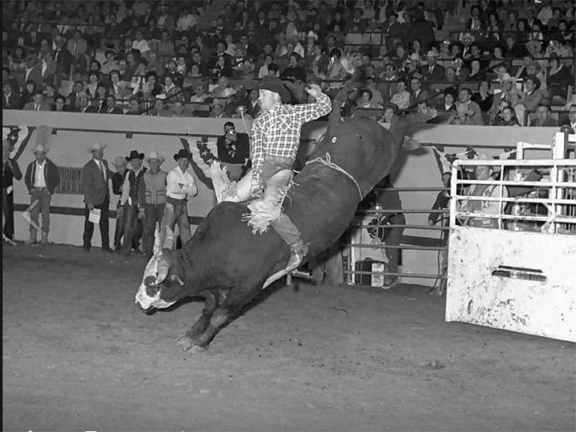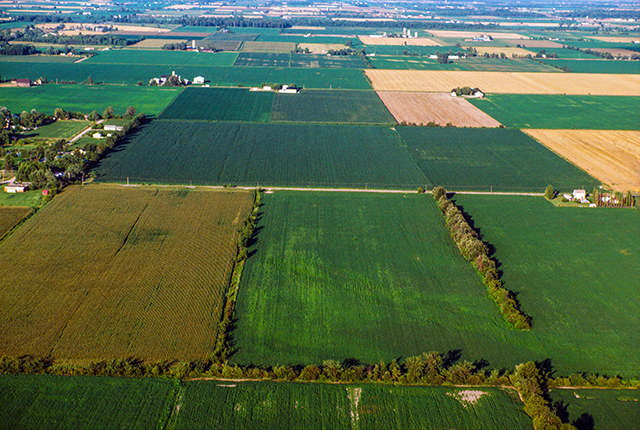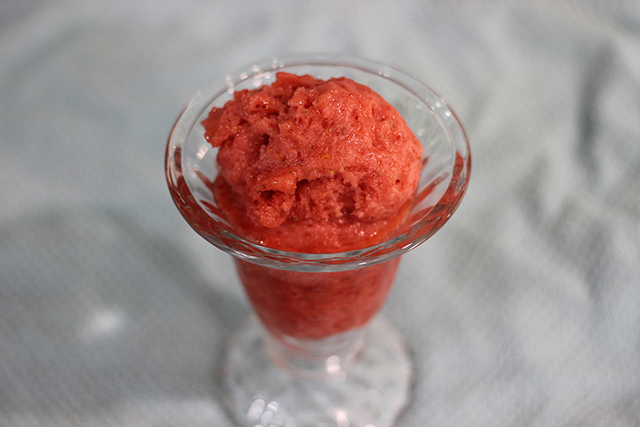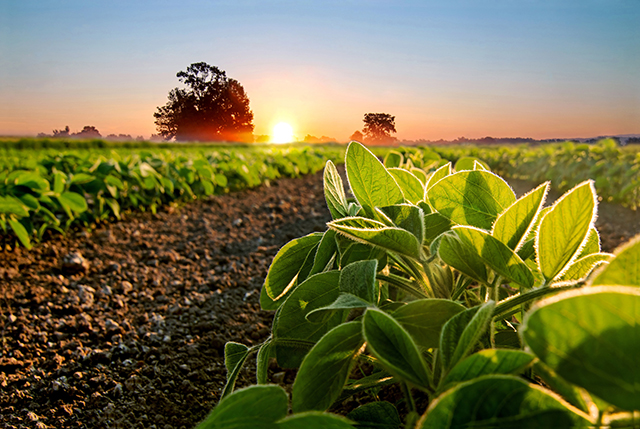Country Lifestyles
Red Doyal — Texas Cowboy Hall of Fame Inductee

Bu Judy Wade
Red Doyal only sustained two injuries in his entire rodeo career, one in high school and one in Pendleton in 1967. He broke his collar bone in a high school rodeo and suffered a fractured eye socket and a concussion in Oregon. “I bucked off, and the bull hit me in the face and then butted me three more times,” he explained. “A guy told me one time that he never saw anyone win a check in the hospital, so I tried to avoid getting hurt. It’s all about staying on and knowing how to get off. I only hung up twice in my career,” he continued.
Born Robert Larry Doyal in Ringling, Okla., he soon acquired the nickname “Red” because of his flaming red hair. The family moved to the West Texas town of Crosbyton where his rodeo career began.
“Red Whatley, a calf roper and later rodeo producer, lived across the road from us and had a practice arena. When I was six years old, I would ride my pony over there to watch, and the other cowboys would put me on calves using a pigging string for a bull rope,” Doyal reminisced.
When he was in seventh grade, the family, parents Rob and Ona (Daniel) Doyal and older brother Jerrell Lee, moved to Happy, Texas. Jerrell Lee hung out with other kids who had rodeo aspirations, and Doyal’s interest in rodeo continued. He was able to ride practice bulls and perfect his technique.
He entered his first rodeo in 1959 at age 16 and knew he was hooked. He and other locals participated in jackpots every Sunday afternoon in Silverton. “I learned at a very young age that in order to be successful at anything in life you need to get your family involved as well as behind you. You’ll receive great support along the way,” Doyal advised.
To read more pick up a copy of the October 2018 NTFR issue. To subscribe call 940-872-5922.
Country Lifestyles
While We Were Sleeping

By Martha Crump
That old adage, “What you don’t know won’t hurt you.,” may have some basis in truth when applied to minor situations. However, when what you don’t know is presented in the form of a “Trojan Horse” and is what amounts to an incredible attempt to fleece American property rights, it becomes a different story altogether.
To put this unbelievable tale together, we need to step back to Joe Biden’s 2021 Executive Order which pledged commitment to help restore balance on public lands and waters, to create jobs, and to provide a path to align the management of America’s public lands and waters with our nation’s climate, conservation, and clean energy goals.
To read more, pick up a copy of the April issue of NTFR magazine. To subscribe by mail, call 940-872-5922.
Country Lifestyles
Lacey’s Pantry: Strawberry Sorbet

By Lacey Vilhauer
Ingredients:
1 whole lemon, seeded and roughly chopped
2 cups sugar
2 pounds strawberries, hulled
Juice of 1 to 2 lemons
¼ cup water
Directions:
Place the chopped lemon and sugar in a food processor and pulse until combined. Transfer to a large bowl. Puree the strawberries in a food processor and add to the lemon mixture along with juice of one lemon and water. Taste and add more juice as desired.
To read more, pick up a copy of the April issue of NTFR magazine. To subscribe by mail, call 940-872-5922.
Country Lifestyles
A Mountain Out of a Molehill

By Nicholas Waters
As winter plods along – come Spring and gopher mounds – homeowners and farmers find themselves playing a familiar song – fiddling while Rome is burning.
Let’s make a mountain out of a molehill. Those mounds on your lawn and pasture could be moles, but they’re more than likely gophers; Plains Pocket Gophers to be pragmatic – Geomys bursarius to be scientific.
These rodents dig and chew, and the damage they can do goes beyond the mounds we mow over. Iowa State University cited a study in Nebraska showing a 35 percent loss in irrigated alfalfa fields due to the presence of pocket gophers; the number jumped to 46 percent in decreased production of non-irrigated alfalfa fields.
The internet is replete with academic research from coast-to-coast on how to curtail gopher populations, or at least control them. Kansas State University – then called Kansas State Agricultural College – also published a book [Bulletin 152] in February 1908 focused exclusively on the pocket gopher.
To read more, pick up a copy of the April issue of NTFR magazine. To subscribe by mail, call 940-872-5922.
-

 Country Lifestyles1 year ago
Country Lifestyles1 year agoScott & Stacey Schumacher: A Growth Mindset
-

 Equine7 months ago
Equine7 months agoThe Will to Win
-

 Country Lifestyles7 years ago
Country Lifestyles7 years agoStyle Your Profile – What your style cowboy hat says about you and new trends in 2017
-

 Country Lifestyles4 years ago
Country Lifestyles4 years agoAmber Crawford, Breakaway Roper
-

 HOME7 years ago
HOME7 years agoGrazing North Texas – Wilman Lovegrass
-

 Country Lifestyles7 years ago
Country Lifestyles7 years agoDecember 2016 Profile, Rusty Riddle – The Riddle Way
-

 Country Lifestyles8 years ago
Country Lifestyles8 years agoJune 2016 Profile – The man behind the mic: Bob Tallman
-

 Outdoor9 years ago
Outdoor9 years agoButtercup or Primrose?






